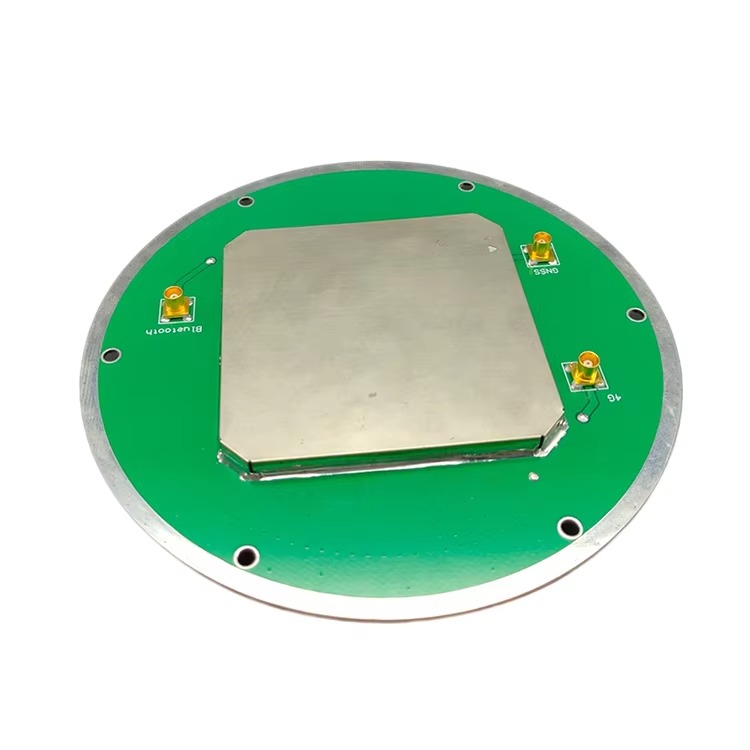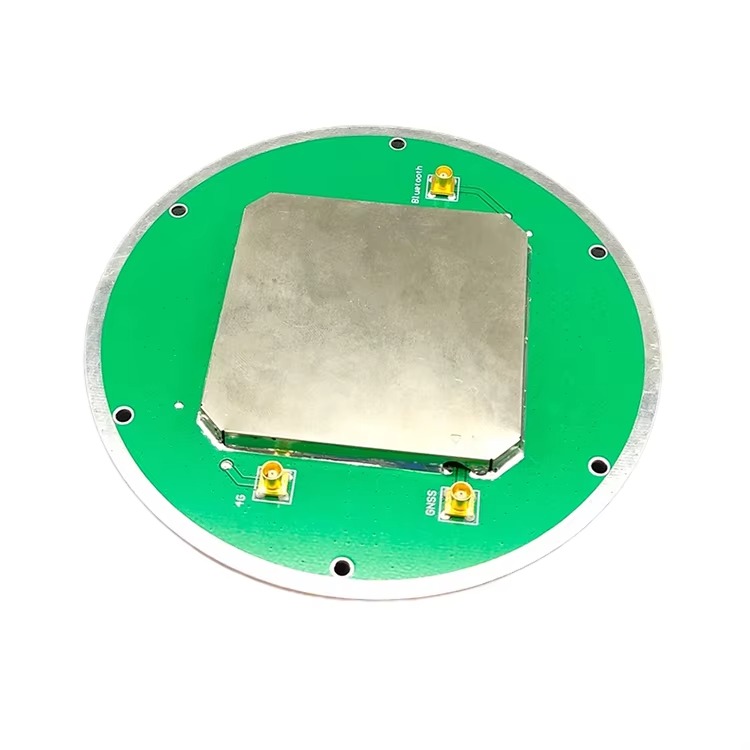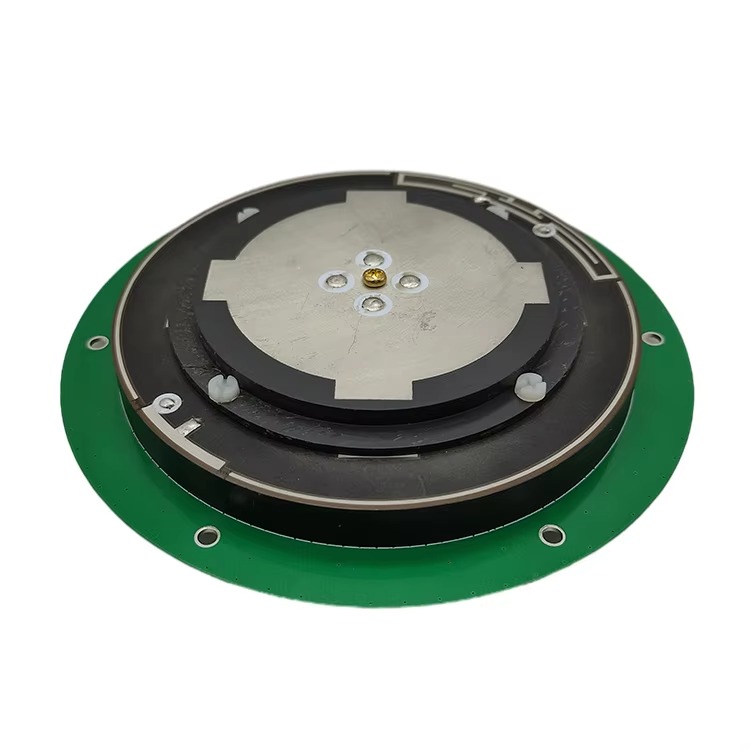Applications of RTK Surveying Antennas
RTK surveying antennas are used across industries where precision is non-negotiable:
Land Surveying and Cadastre: RTK antennas are the gold standard for defining property boundaries, mapping land parcels, and creating legal surveys. Their sub-centimeter accuracy ensures that boundaries are legally defensible, reducing disputes and supporting land registry systems. Surveyors use RTK to collect data quickly, even in remote areas, replacing time-consuming traditional methods.
Construction and Machine Control: In construction, RTK antennas guide heavy machinery (e.g., excavators, graders) to precise locations, ensuring that earthworks, foundations, and structures adhere to design specifications. This “machine control” reduces rework, minimizes material waste, and accelerates project timelines. RTK-enabled drones also use these antennas to capture 3D site models for progress monitoring.
Precision Agriculture: Farmers use RTK antennas to guide tractors, planters, and harvesters with centimeter-level accuracy. This enables precise seed placement, variable-rate fertilization, and efficient field mapping, boosting yields while reducing input costs. RTK also supports irrigation management, ensuring water is applied only where needed.
Infrastructure Monitoring: RTK antennas monitor the stability of bridges, dams, and pipelines, detecting tiny movements (millimeters per year) that indicate structural stress. Continuous RTK measurements provide early warning of potential failures, allowing for timely maintenance. This application is critical for public safety and infrastructure longevity.
Mining and Quarrying: In mining, RTK antennas optimize resource extraction by guiding drills and haul trucks to exact coordinates. This improves efficiency, reduces overburden removal, and ensures compliance with environmental regulations. RTK also supports mine mapping, tracking stockpiles and monitoring slope stability.
Future Trends
The evolution of RTK surveying antennas is driven by advances in GNSS technology, materials science, and connectivity. Key trends include:
Integration with 5G and Low Earth Orbit (LEO) Satellites: 5G networks will enhance NRTK by enabling faster, more reliable correction data transmission, extending coverage to remote areas. LEO satellite constellations (e.g., Starlink, OneWeb) will provide global, low-latency communication, reducing dependence on ground-based base stations and enabling RTK in previously inaccessible regions.
AI-Powered Error Mitigation: Artificial intelligence (AI) and machine learning algorithms will be integrated into RTK receivers to better detect and filter multipath interference. These algorithms will learn from historical data to predict and correct errors in real time, improving accuracy in challenging environments.
Miniaturization and Energy Efficiency: Next-generation RTK antennas will be smaller and lighter, enabling integration into compact devices such as backpack-mounted rovers, small drones, and IoT sensors. Low-power designs will extend battery life, supporting long-duration surveys in remote areas without access to power.
Multi-Sensor Fusion: RTK antennas will increasingly work with complementary sensors (e.g., LiDAR, inertial measurement units [IMUs]) to fill gaps when GNSS signals are lost. IMUs, for example, can maintain positioning accuracy for short periods during signal blockages, ensuring continuous operation in urban canyons or tunnels.
Increased Automation: Future RTK systems will feature autonomous operation, with rovers navigating predefined paths and adjusting to environmental changes without human intervention. This will further reduce labor costs and improve consistency, making high-precision surveying accessible to a broader range of users.
Conclusion
RTK surveying antennas represent a pinnacle of precision in geospatial measurement, enabling sub-centimeter positioning that underpins critical applications from land surveying to infrastructure monitoring. Their design—optimized for multi-frequency reception, low phase center variation, and robust signal processing—ensures that satellite signals are converted into actionable, accurate data. By working in tandem with base stations and advanced receivers, RTK antennas overcome the limitations of standard GNSS, transforming raw satellite signals into reliable geospatial insights.
While challenges such as base station dependence, multipath interference, and cost persist, ongoing advancements in connectivity (5G, LEO satellites), AI-driven error correction, and sensor fusion are addressing these limitations. As a result, RTK technology is becoming more accessible, versatile, and efficient, expanding its role in emerging fields like autonomous construction and precision agriculture.
In a world where accurate geospatial data is essential for sustainable development, infrastructure resilience, and resource management, RTK surveying antennas will remain indispensable. Their ability to blend real-time precision with field durability ensures that they will continue to drive innovation in surveying and mapping, supporting the next generation of geospatial applications. As technology evolves, RTK antennas will not only maintain their position as a cornerstone of precision measurement but also redefine what is possible in the realm of geospatial accuracy.




































































 Language
Language
 En
En Cn
Cn Korean
Korean

 Home >
Home > 







 18665803017 (Macro)
18665803017 (Macro)













